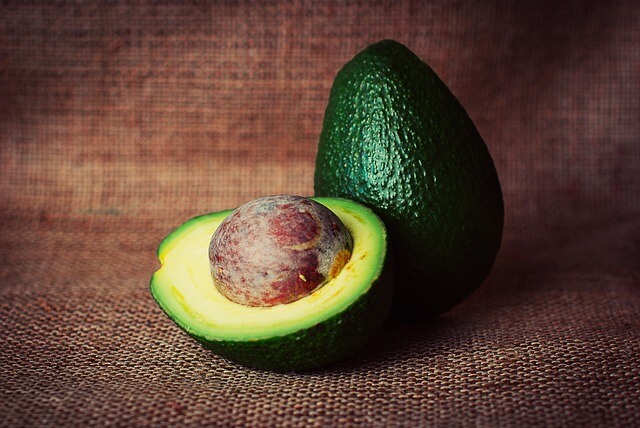7 Incredible Health Benefits Of Avocado

Avocado is one of the most popular “superfoods” trending right now, and it’s easy to see why everyone is so enamored with the fruit — it’s rich, creamy, and delicious! But did you also know that it’s crammed with 20 different nutrients and good fats? You can even use it topically as a moisturizer for your skin and hair.
Read on to learn more about this amazing food!
The Benefits:
1. Reduces Cholesterol: Avocados are full of good fats, and this is its main claim to fame. A cup of sliced avocado provides 32% of your daily fat recommendation — but it’s monounsaturated fat, which helps lower cholesterol. This, in turn, helps lower your risk of heart disease and stroke. They also contain phytosterols, which have anti-inflammatory properties .
2. Lowers Blood Pressure: One cup of sliced avocado provides 20% of your daily potassium (double what you get in a banana) and 10% of your daily dose of magnesium — both of which are crucial in controlling blood pressure. Potassium helps control blood pressure by relaxing your arteries, and ridding the body of excess sodium. Too much sodium leads to fluid retention, which makes you bloated. Magnesium is required for nerve and muscle function, as well as bone growth and maintenance. You know when you get a charley horse (or muscle spasm) in your calf and your dad tells you that you need to eat more bananas? Chop up an avocado instead!
3. Helps You Feel “Full”: A new study shows eating one avocado a day can help staunch your cravings if you are overweight. A cup of avocado contains a whopping 40% of your daily dietary fiber, which helps keep you feeling fuller for longer. Avocados contain both soluble and insoluble fiber, which your digestion system needs to function properly.
4. Aids In The Absorption Of Other Nutrients: Key vitamins like vitamin A, D, E, and K are fat soluble — meaning they need fat to be absorbed in the body. That’s why adding avocado to salads or vegetable-heavy dishes can aid in nutrient absorption.
Learn 3 more facts and read the full article at The Breast Cancer Site





